Comet Lemmon Puts on Spectacular Show for Astrophotographers
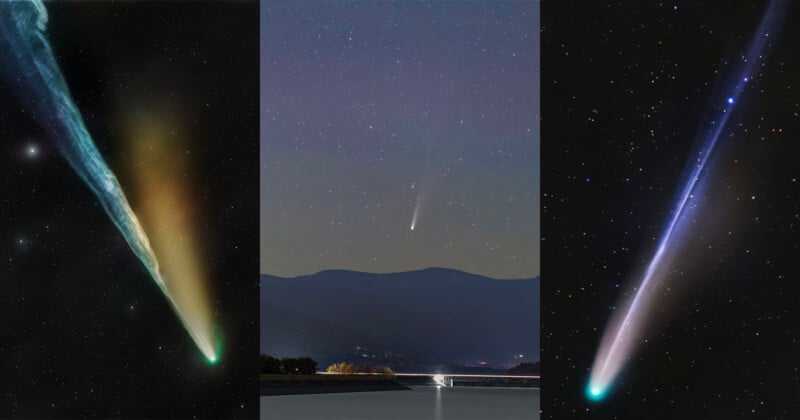
Comet C/2025 A6 (Lemmon) made its closest pass to Earth this week and was even visible to the naked eye. Humanity may not see it again for another 1,300 years.
But fortunately, astrophotographers were on hand to immortalize Comet Lemmon. Mike Carroll captured it over Slide Mountain, the highest peak in the Catskill Mountains, New York, on a Sony a7R V and a Sigma 70-200mm f/2.8 DG DN OS Sports lens.
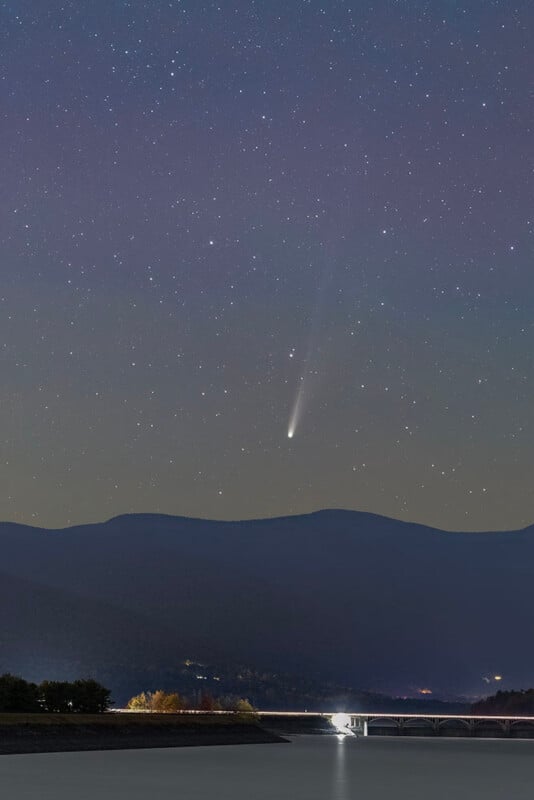
AJ Smadi from Washington captured Lemmon via “11 minutes worth of data” which, despite the clouds, was more than enough for “astounding results.”
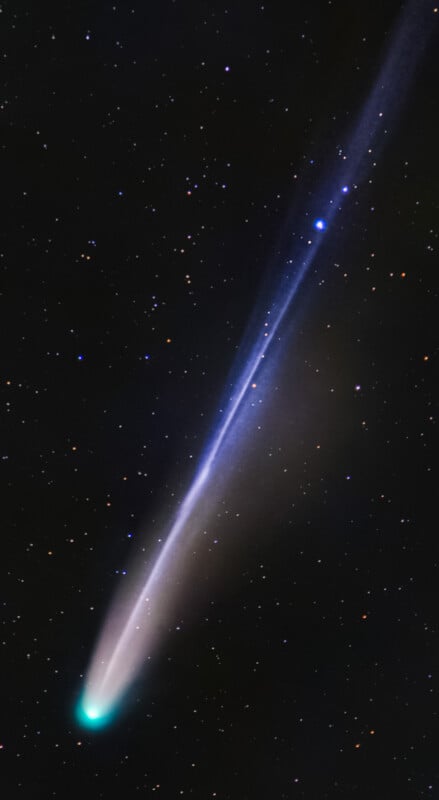
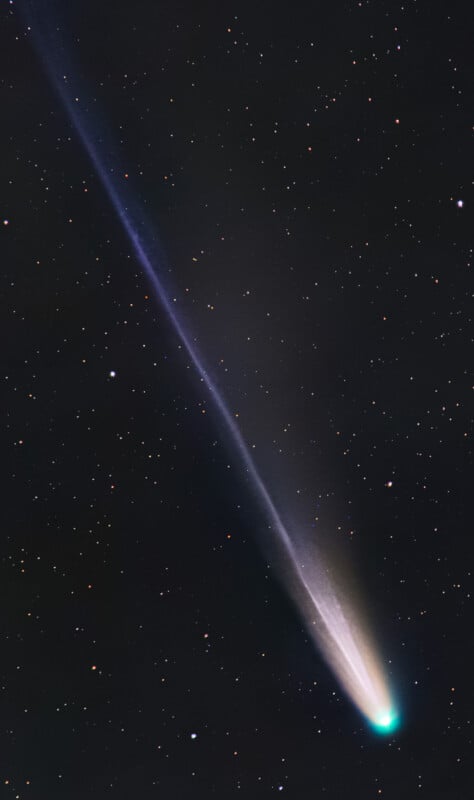
Frequent PetaPixel contributor Andrew McCarthy captured what he calls “probably the coolest comet shot I’ve ever gotten.” He says the comet’s trail was “incredibly active and moving quickly.” It made photographing it tough.
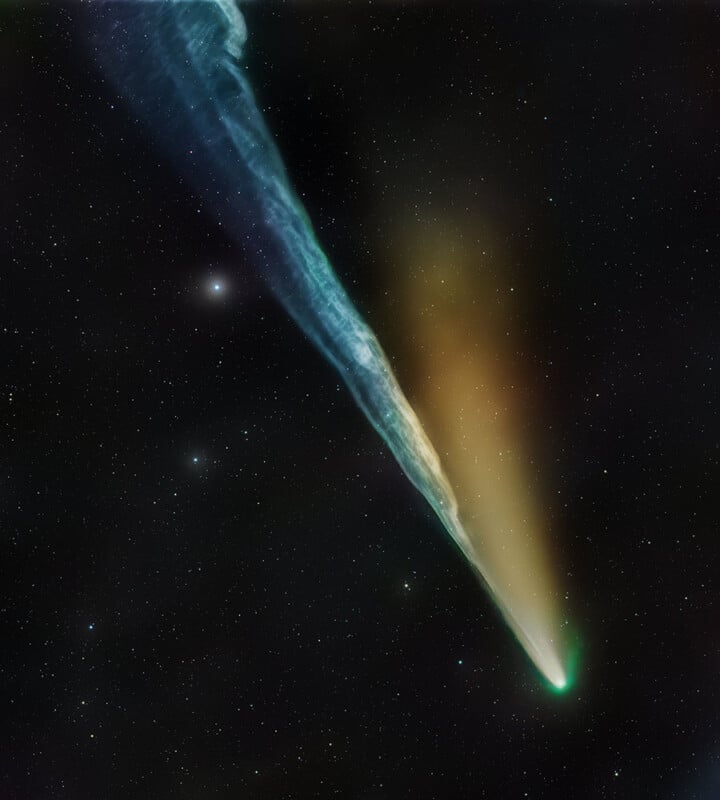
Check out this crazy timelapse I made last night of the Lemmon comet. You can see how the chunks in the tail stream off into space! pic.twitter.com/PcPt1V3e7t
— Andrew McCarthy (@AJamesMcCarthy) October 27, 2025
Photographer Dimitrios Katevainis captured the comet in western skies as it passed its closest distance to Earth. “On 23 October the ion tail was quite active, with knots and disconnections,” he writes.
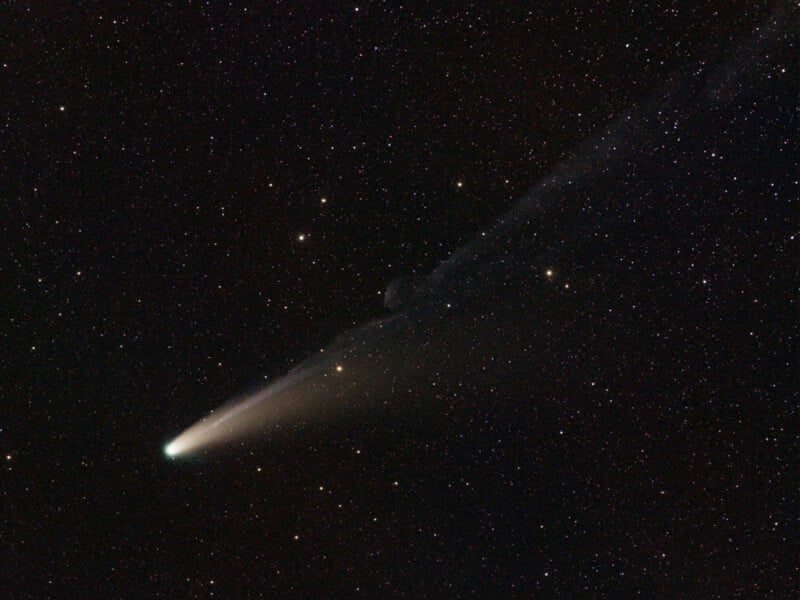
Chuck Ayoub captured a mesmerizing video showing 55 minutes of Comet Lemmon’s movement. While Bray Falls captured an amazing shot of Lemmon traveling over his remote observatory.
Comet Lemmon captured over the observatory the other night! pic.twitter.com/sJ9r8t0Vfj
— Bray Falls (@astrofalls) October 23, 2025
Comet Lemmon was discovered on January 3 this year and has dramatically brightened during its headfirst dive into the solar system. Space.com notes that solar winds have created its visually spectacular tail that reflects in the sunlight.
Lemmon is traveling away from the constellation Serpens Caput and toward the constellation Ophiuchus. It will closely approach the Sun on November 8.